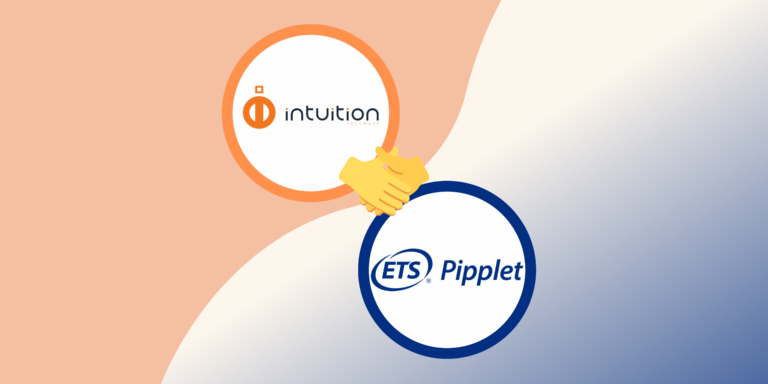HR reporting is a powerful communication tool. It allows companies and especially recruiters to materialize statistical data to optimize their recruitments and better use their resources. It can be compared to a snapshot taken at a given moment of your company’s performance indicators.
Discover in this article its advantages and the steps to produce a good report!
What is HR reporting?
Another English term to define a recruitment practice! HR reporting is, quite simply, a document in the form of a table that brings together indicators related to human resources. The recruiter can easily visualize data over a specific period of time to analyze and exploit them. This tool can be useful for making decisions, for example, but also for monitoring the performance of a company over a given period.
⚠️ Be careful not to confuse HR reporting and HR dashboard, which do not have the same functionality. The first one presents dynamic information that is verified and auditable. While the second is based on static values.
The advantages of this tool
In the context of a recruitment process, this tool has many advantages. Indeed, the collected statistics allow to follow the whole process:
- Measure the number of applicants: this will allow you to ensure that your recruitment process is working and that your job offer is visible.
- Identify the sources of applications: knowing which sites have attracted the most applications will save you precious time for your future recruitments. You will then be able to focus your efforts on those that are most successful with candidates.
- Be more productive: statistics will allow you to have a global vision of the strengths and weaknesses of your recruitment process. Thanks to them, you will be able to adjust and optimize the time spent for each step of the recruitment process.
- Save money: recruitment represents a certain budget. Thanks to the reporting, you will know on which sites to publish your ads and invest in a fair way!
👉 But that’s not all! You can also use it to anticipate your hiring needs, especially if you have recruitment difficulties or recurring needs. Analytical data will also help to highlight the most suitable profiles for a particular position, or to identify the reasons why your employees are leaving. Ideal for reducing turnover and retaining your best talent!
How to do HR reporting?
What key indicators should be included in HR reporting?
First and foremost, it is important to carefully select the indicators to be tracked to create an effective report. You can choose them according to your objectives and needs. Also called KPI (Key Performance Indicator) in marketing, these indicators can be updated as you go along.
You can, for example, take into account the age of the candidates, their experience, rejections, references, the source of the application, gender, the duration of your recruitment process, the number of applications, the distribution of offers in cities (if applicable) or the ratio between the number of offers created and the number of applications received.
Use a recruitment software or ATS
In addition to this, we recommend that you use recruitment software that includes an ATS (Applicant Tracking System). This is the case with JobAffinity, our application management software. In this way, you will be able to collect reliable and accurate data while complying with the RGPD (General Data Protection Regulation). This type of solution centralizes all the necessary information and allows you to analyze it according to your needs.
This management tool offers many advantages:
- The management of applications is simplified;
- The writing and publication of ads is done in a few clicks;
- Sourcing is precise;
- Data can be easily analyzed, harmonized and corrected;
- You can add reminders for candidate follow-up;
- And of course, everything is done to ensure RGPD compliance.
💡 With ATS software, you’ll adopt a data-driven posture. And to top it off, you won’t spend endless hours creating complicated Excel spreadsheets!
Create an HR report
All that remains is for you to carry out your HR reporting. This can be weekly, monthly or quarterly. Thanks to the data collected, you can establish action plans to improve your recruitment processes.
As you can see, statistics are a real mine of information to improve your recruitment processes (and the candidate experience), to follow the evolution of your actions and your results!
💡 Don’t forget to use ATS recruitment software like Jobaffinity to harvest reliable data and select relevant metrics for your business. With data visualization, you’ll turn complex information into simple analysis.









